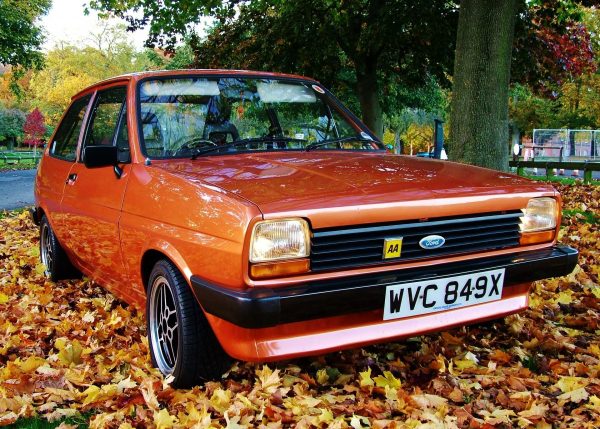The authorities have no issue with you modifying your vehicle’s suspension as long as you do it in a safe way. Lowering your car can bring about some advantages and disadvantages. You should experience a lower coefficient of drag (i.e. the car slips through the air more easily), and it will lower the centre of gravity meaning cornering should feel more secure, but it will make the ride bumpier and, on poor quality roads, the grip on the road can be compromised (i.e. you have worse grip) because the tyres don’t follow the road surface as well. Lowered suspension works better on some cars than others.
What is the wrong way to do suspension modifications?
Spring clamps

Spring clamps artificially compress your suspension. They consist of D-clamps that pull two parts of the spring together to reduce the spring height. They can interfere with the spring (because they are attached to it), they can cause wear on the spring, they could come into contact with other components, they can come loose over time and it makes it difficult or impossible to fit a shock absorber through the spring. They reduce the suspension travel (the amount your wheel can move up and down) without increasing the spring rate (the spring’s ability to resist the movement up and down). You’ll bottom out the springs more easily, risking damage to your suspension and much less grip on the road.
Chopping or cutting springs
Even worse than spring clamps, cutting off a section of your springs compromises the car’s handling. When the wheel comes across a dip, rather than being forced into the dip and then dampened by the shock absorber and the spring, it drops into the dip and then, with nothing to stop it bouncing back, slams back up into the spring. You’ll have far inferior handling.
Lowering spring kits
A lowering spring is simply a shorter spring. This is also a very bad idea. If you don’t change your shock absorber, too, they will be mismatched. You still have the problem of the suspension hitting the bump stop unless the spring has a heavier spring rate.
Camber kit

Negative camber can look cool, although not necessarily when taken to an extreme. For a race car, negative camber, especially on the front, can help with cornering grip. On the road, though, any more than 1 degree of negative camber simply increases tyre wear and makes handling worse. Simply adding a camber kit doesn’t account for any changes in suspension geometry that might be needed to offset the change in camber. Camber kits should only be used in consideration with suspension changes made by an expert.
Wheel spacers
If you want to give your vehicle the impression of being wider as well as lower, you can use a wheel spacer kit but they’ll probably make your car less stable under braking. The wheel will exert more force on the suspension and wheel bearings and it can worsen the tyre wear by increasing the scrub radius when cornering. The spacer shortens the amount of thread that the wheel nuts have available. If you would like to widen your wheels, purchase new wheels with the correct offset.
Anti-roll bars
Anti-roll bars stiffen the connection between the shock strut towers. They are an excellent solution for fine-tuning the handling of an already competent car but are a modification that should be done after the suspension has been upgraded as it is likely to affect the handling at the limit.
What is the right way to do suspension modification?

Get advice from a suspension expert and choose a suspension package that suits what you need, whether you have a classic like the Fiesta above or something more modern like the BMW below. The expert should be able to explain where you may be trading handling for looks or where you may need to upgrade additional components to avoid negative outcomes. Coilovers are usually the best solution and can be installed for a reasonable price. If you are planning on having an anti-roll bar and adjusting the camber, too, this is the time to explain your plans to the expert.

Bear in mind that if you already have a sporty car, the advantages of lowering the car are much more difficult and expensive to attain – the factory will already have tuned it for those purposes.
